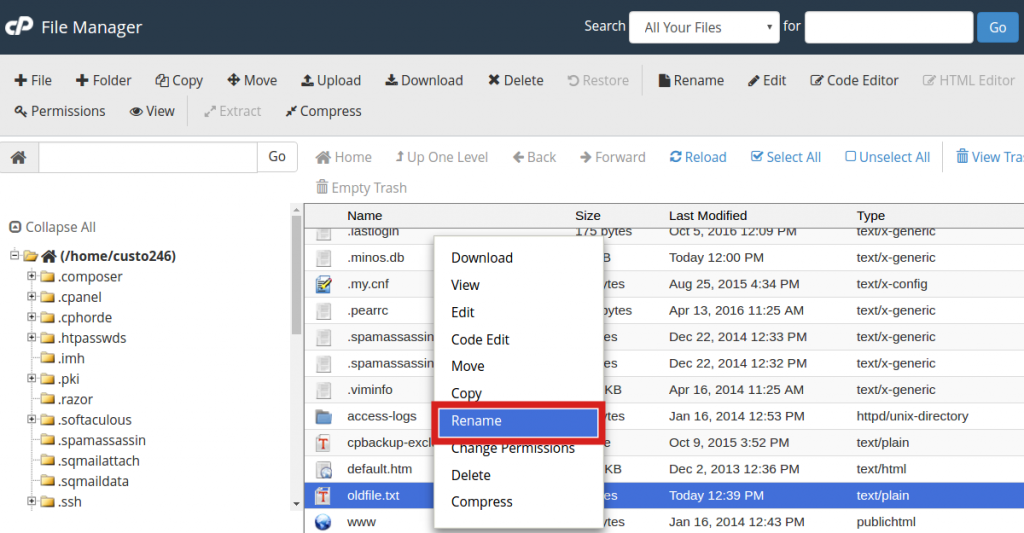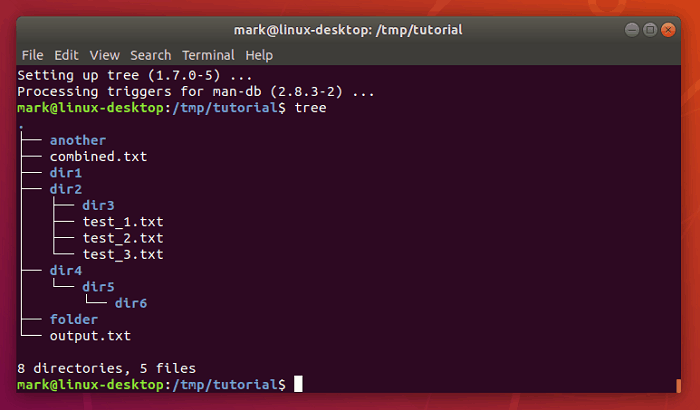

In order to find and rename directories on Linux, use the “find” command with the “type” option in order to look for directories. Luckily for you, there is a command that helps you find and locate directories on a Linux system : the find command. In some cases, you may not know directly where your directories are located on your system. $ ls -l /home/userĭrwxr-r-x 2 user user 4096 Nov 9 16:41 Desktop/ĭrwxr-xr-x 2 user user 4096 Nov 9 16:41 Documents/ĭrwxr-xr-x 2 user user 4096 Nov 9 16:41 Downloads/ĭrwxr-xr-x 2 user user 4096 Nov 9 16:41 Music/ĭrwxrwxr-x 2 user user 4096 Dec 20 10:53 directory/Īwesome, you just renamed a directory on Linux.

Now if you take a look at all the directories stored in your home directory, you will see a new entry for your “directory” folder. Note : using the mv command will not delete the content stored inside your directories, you won’t lose any files by renaming your directories on Linux. $ mv /home/user/temp /home/user/directory

To rename this directory, you would use the “ mv” command and specify the two directory names. $ mv įor example, let’s say that you want to rename a specific directory on your filesystem named “temp” (located in your home directory) to “directory” (also in your home directory)

It is very smart and efficient.To rename a directory on Linux, use the “mv” command and specify the directory to be renamed as well as the destination for your directory. The heart of the automatic changes is really with the sapply() function here, which I borrowed from the post. Now, I stumbled upon lots of mistakes and I certainly spent more time than I would have changing everything by hand… But I would not have learned and shared things.Īpplying changes through the whole directory tree When one needs to change the same pattern in the names of both directories and files, things must be done in sequence, directory names first and filenames in second. I found this very good “Programatically rename files (or do other stuff to them) in R” post, I tried to follow it but it did not work…Īfter a bit of frustration, I realized that as I was trying to rename both the files and the directories at the same time, and I got the angry 'No such file or directory'. I decided to use the file.rename() function in R to deal with the problem. The directory tree also contained years in the same “99-00” format just like below:.The two digit system has thus become obsolete… So I decided to change everything back to four digits for years. I have recently worked with daily rainfall data from Oxford, U.K., dating back from 1828. I thus kept in the filenames, e.g., “99-00” to show that the data contained were obtained between and Aug 31, 2000. Until now, I had found very practical to keep the data in hydrological years, which for the Northern hemisphere and in temperate climates starts around the first of september and ends late August the next year. I keep a database of high frequency flow and concentration data, which my colleagues and I have used to calculate uncertainties on annual nutrient and material loads 1– 8.


 0 kommentar(er)
0 kommentar(er)
